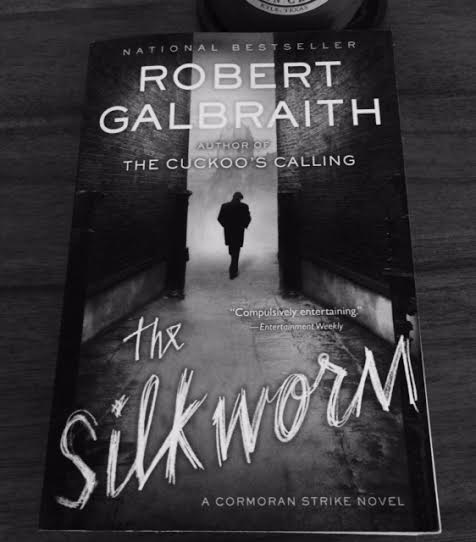It’s dark and gorgeous and rainy outside, and all I want to do is sit on my couch and cross stitch. I. Love. To. Cross. Stitch. I get such a sense of accomplishment from it. Even if I only do it for 30 minutes, seeing all the progress I’ve made forces me to heartily congratulate and high five myself. Cross stitching is great because it requires the right amount of concentration to obliterate whatever stressful thoughts are plaguing me, but leaves just enough open brain space to enjoy the audio of countless episodes of “The Office” playing in the background. (Both the U.K. and American versions, of course, because what kind of nerd would I be if I didn’t appreciate such a fantastic show in both of its incarnations?)
But seriously, if I could make a living cross stitching, I would be living a dream. I love it that much.
My very lovely and crafty grandmother, Doris, taught me how to cross stitch when I was little, and it’s something that has stuck with me ever since. Cross stitching itself is actually pretty easy – if six-year-old me was able to do it, almost anyone with functioning hands and fingers can. Keeping track of the stitches and colors can be difficult at times, but it basically just entails making little X shapes in the right fabric with a needle and thread. It doesn’t take much training, just a lot of patience. When we were kids, my sister, cousin, and I would while away whole summer afternoons cross stitching together like a group of tiny ladies in Victorian England waiting for visitors in our parlour. We obviously weren’t normal children by any means, but it was one of Grandmother’s ways to keep us quiet and captivated for hours at a time, and it worked.
One of the downsides to cross stitching is that it is nearly impossible to find a decent modern, cool cross stitch book. Most of the books out there have the cutesy kitten/ABCs/teddy bear vibe, and I’m not into that. Though I consider myself an old soul, I am not a granny. I’m not even a mom. So I don’t want any of that crap around my house. I check out patterns on Etsy pretty regularly; there are all kinds of amazing designs available there, no matter your fancy. Etsy is definitely the cross stitcher’s haven.
I am a rabid book-lover, though, and I sometimes prefer to have an actual book with patterns that I can choose from at will. My favorite cross-stitch book by far is Twisted Stitches by Phil Davison (creator of Urban Cross Stitch). This crafty Londoner has created some unique, edgy, fun, and colorful designs that anyone with a dark sense of humor can appreciate. What I like about this book is that some of the patterns are printed on the pages of the book, but there is also a pocket in the back with paper patterns of some of the more intricate designs. Portability!

I hold Twisted Stitches near and dear to my heart because it helped reignite my love for cross stitching as an adult, and it has kept me steadily stitching for a few years now. Below are a few of the Twisted designs I’ve done:

This pattern is called “Twisted Balloons Pretty Picture.” It’s a little wrinkly – I’ve been storing it (poorly) and am still looking for a frame to fit it – but the illusion is visible and pretty cool.

This is one of the two “Day of the Dead Finger Towels” patterns. I prefer to frame my cross stitches, rather than go to the trouble of sewing them onto things, so this is obviously not on a finger towel.

I’m currently working on this one. It’s called “Burlesque Zombie Portrait” and is by far the largest, most detailed cross stitch I have ever done. I’ve been working on this one on and off for over two years (full-time jobs get in the way of cross stitching), but I’m FINALLY almost finished.
So scroll through Etsy, check out a cross stitch book at your local library, or order Twisted Stitches on Amazon. Whatever it takes.
Just get to stitchin’ bitches.

